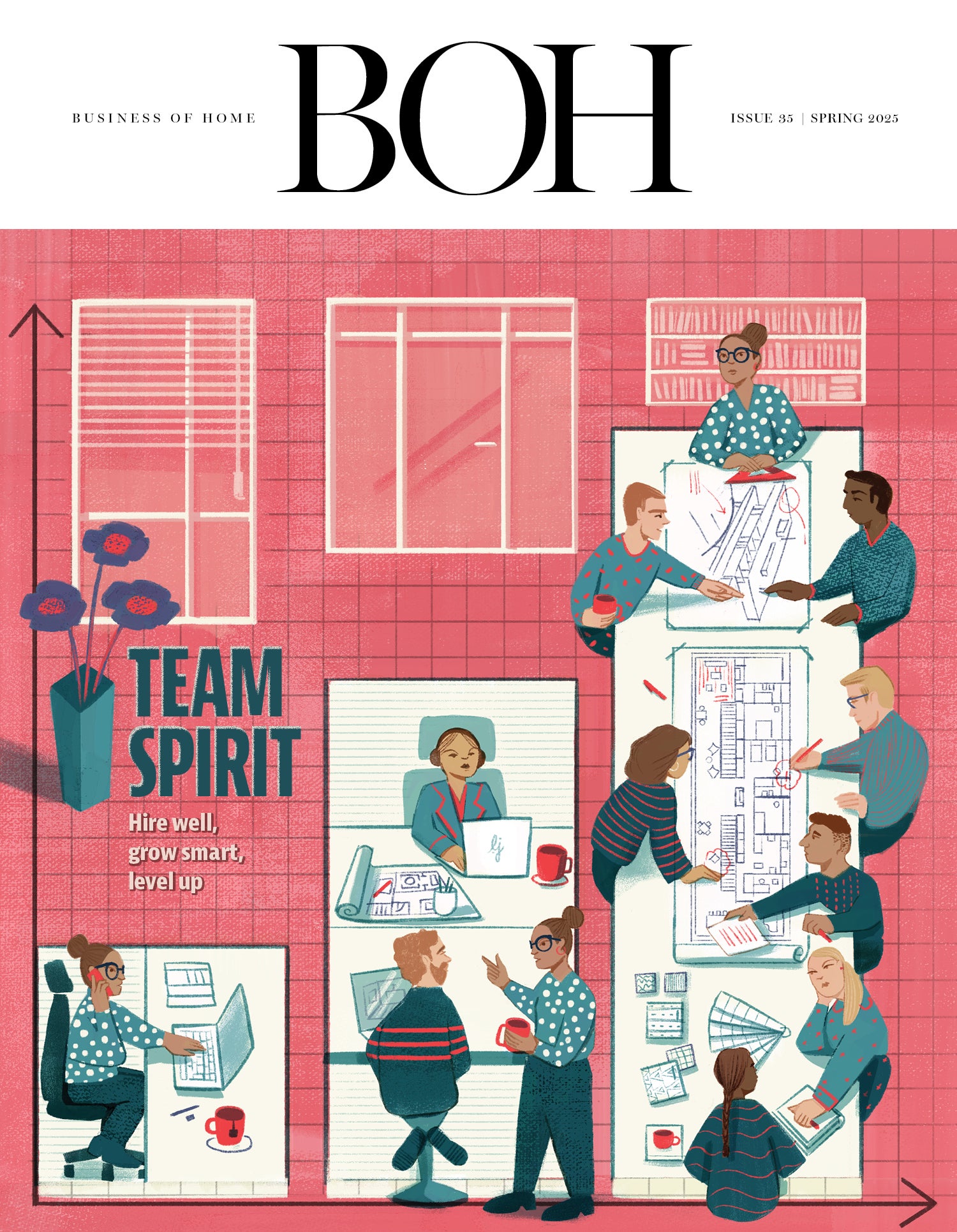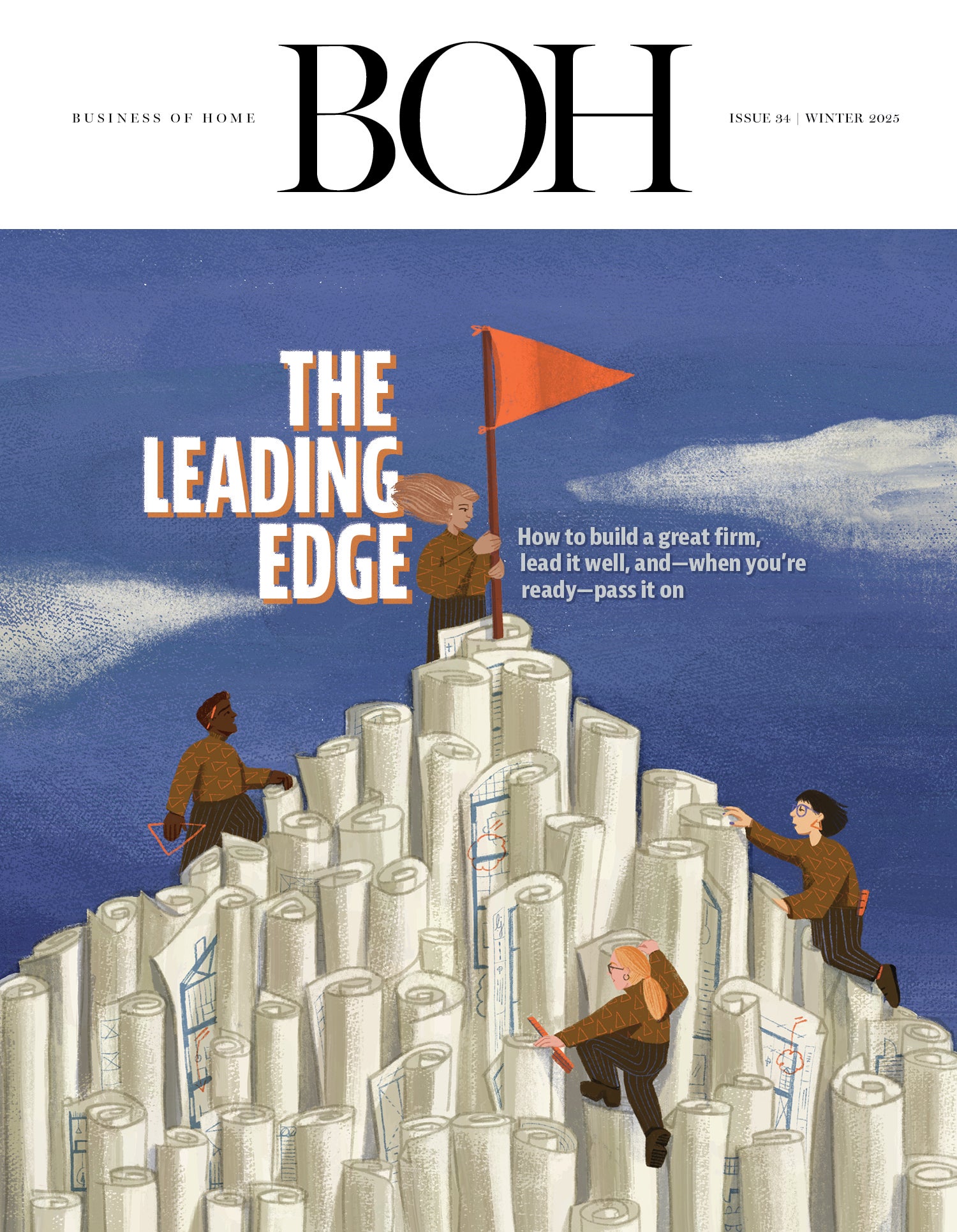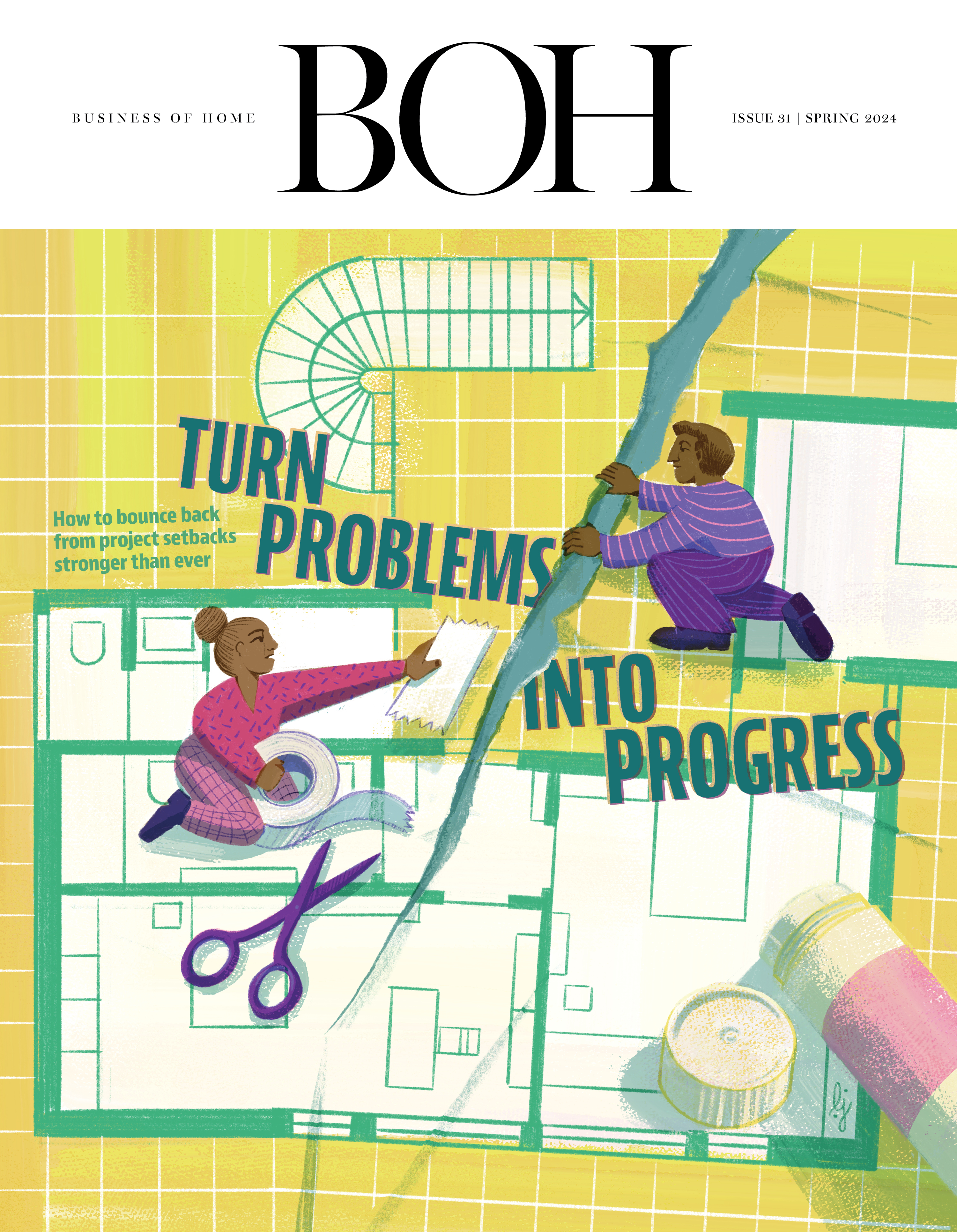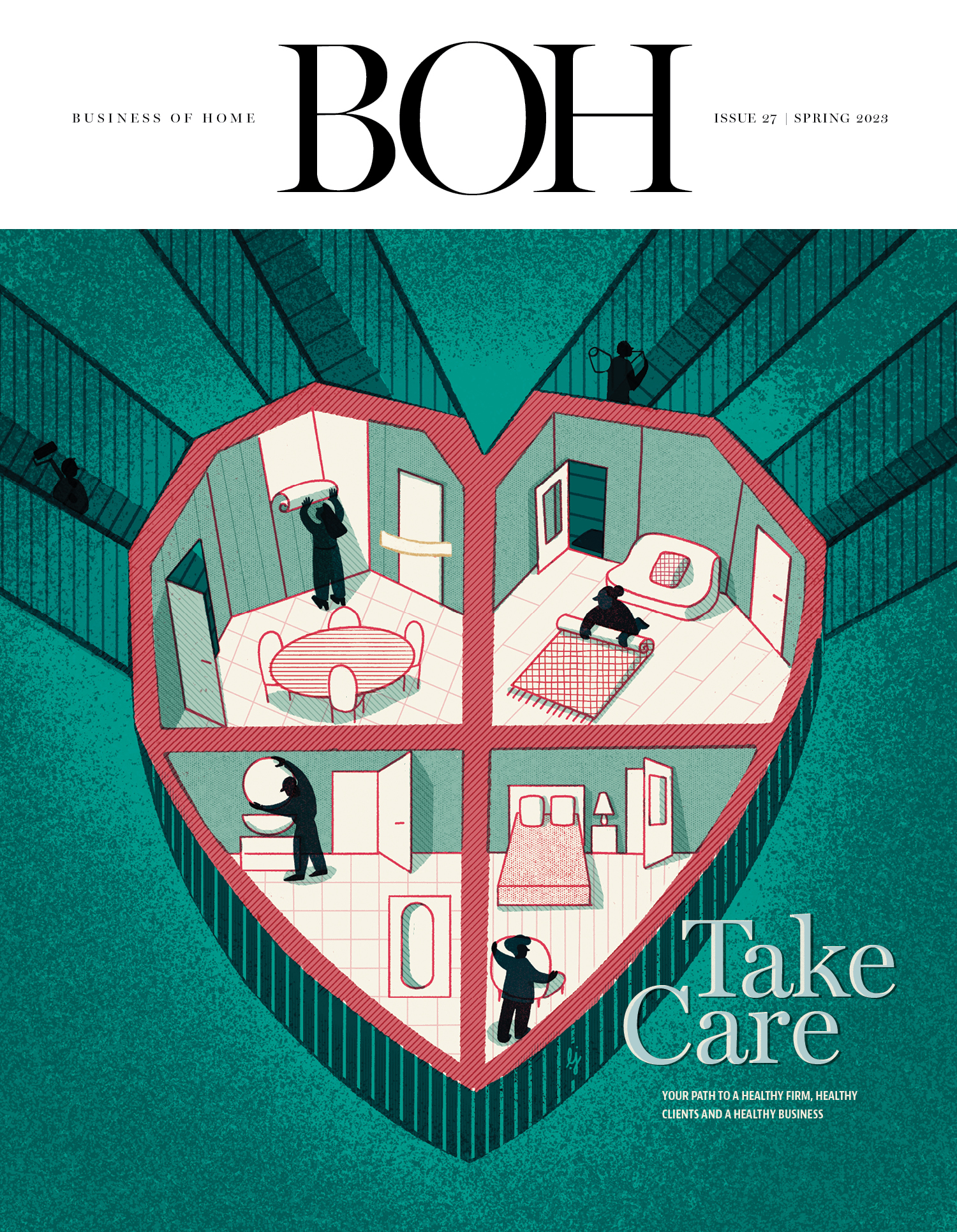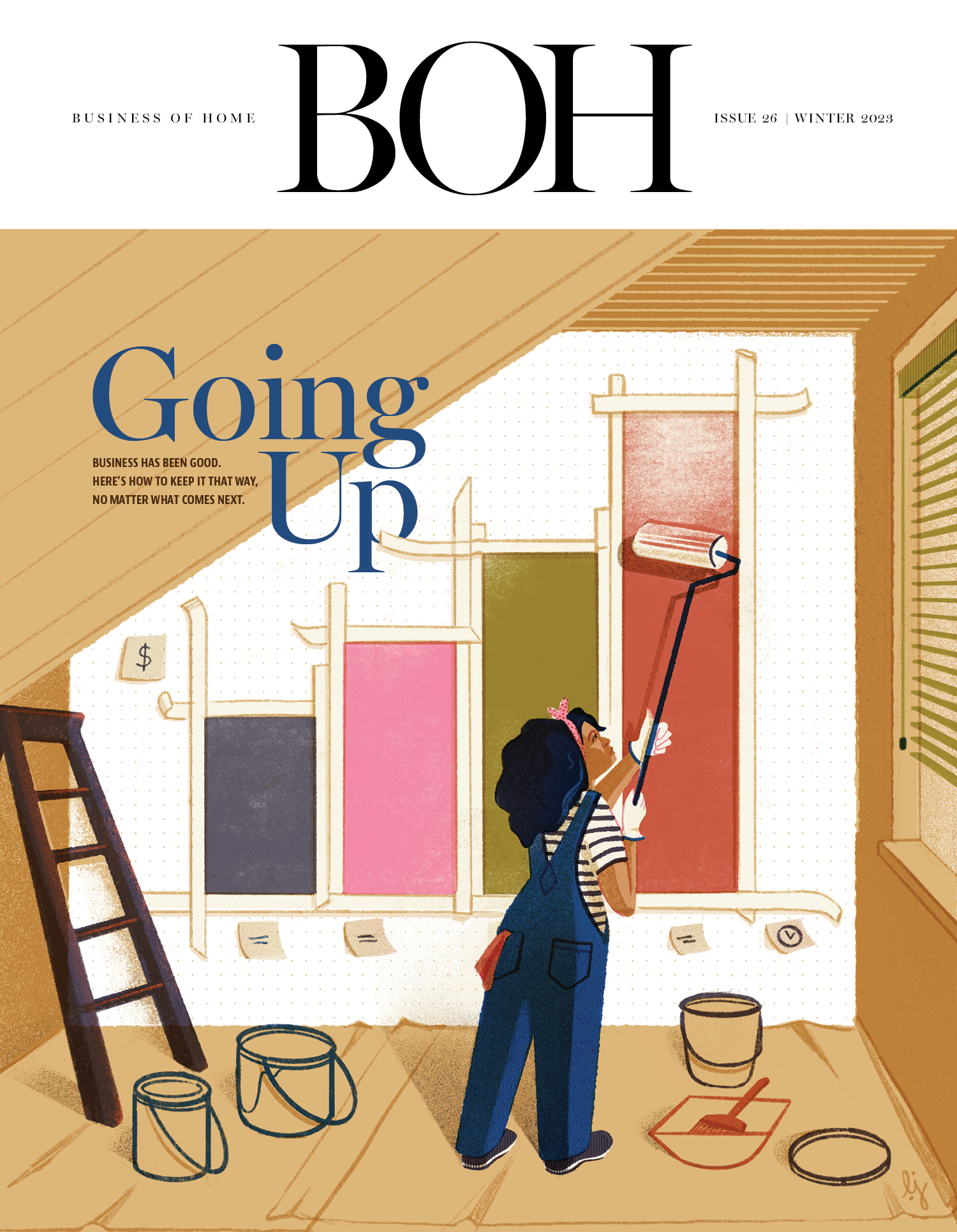Competition in the world of off-price retailing is heating up, thanks to a big initiative from a familiar name. The brand formerly known as Burlington Coat Factory—now simply called Burlington after years of legal wrangling—is in the process of remodeling its entire store fleet in an effort to freshen up what had become a tired format. And while apparel (far more than those original coats) still dominates its merchandise mix, home products—particularly soft home textiles—represent nearly 20 percent of its $10.6 billion in annual sales.
This refresh is already in the works. The company has renovated nearly half of its 1,115 locations, and plans to complete the other half by the end of 2026. Concurrent with this glow-up is a significant expansion of its footprint, with 100 new locations on the books for this year. (The company has taken advantage of the plights of other chains like Big Lots and Joann—and Bed Bath & Beyond before them—to acquire additional real estate.)
The revamped store format features a more open floor plan, with a better organizational flow that finally moves the company away from its warehouse origins. “Our newly reimagined store layout makes [the] shopping experience easier, more exciting and more enjoyable,” said Burlington Stores CEO Michael O’Sullivan in a statement on the new initiative.
For a chain that has had many ups and downs since its founding 53 years ago, the new strategy represents its most serious effort to challenge off-price competitors TJX and Ross for retail dominance. It’s still number three in the channel, but working hard to close the gap.
Started in 1972 in Burlington, New Jersey, by married couple Monroe and Henrietta Milstein, the store initially focused on outerwear. It was Henrietta, a former teacher, who added home goods to the mix, originally under the Luxury Linens name. Burlington even operated some freestanding home stores.
As the chain expanded into more apparel categories, as well as home and baby, it tried to shed the association with outerwear and change its name. The company was stymied in that effort by textiles giant Burlington Industries, which blocked the move, until they were taken over by a private equity firm in 2003 and restructured under a new name. Six years later, under then-CEO Tom Kingsbury, Burlington Coat Factory was finally able to simplify its name and remove the disclaimer “not affiliated with Burlington Industries” on all of its branding.
Kingsbury, who later had less success running Kohl’s, also simplified Burlington’s merchandising strategy, getting away from promotions and high-low pricing to adhere to a more classic everyday-low-pricing approach that is the hallmark of the off-price model. It worked, and the retailer has seen consistent growth ever since, with sales increasing 11 percent over its last fiscal year.
Clearly, Wall Street approved: Burlington’s stock has more than doubled in price since October 2023. Company founder Monroe Milstein lived to see most of that growth, passing away earlier this year at 98. (He had sold his shares in Burlington Stores to Bain Capital in 2006, which took the company private. It eventually went public again in 2013.)
This latest round of store expansion continues Burlington’s transition to (relatively) smaller locations. Unlike the original factory spot, the retailer’s stores are now moving into 30,000-to-40,000-square-foot models. It wasn’t until 2017 that Burlington’s average new store size went below 50,000 square feet.
Burlington’s recent successes come as the entire off-price channel has prospered. TJX continues to open hundreds of stores a year, with its HomeGoods division up to around 1,000 locations on its way to a projected cap of 1,600. Its second chain, HomeSense, opened its first U.S. store in 2017 (it operated only in Canada prior to that) and now has roughly 80 stores here. Ross plans to open 90 new stores this year under its two nameplates—Ross Dress for Less (which currently has 1,873 stores) and DD’s Discounts (360 locations).
Not everyone in the sector has been so fortunate. Tuesday Morning, a major player in the space with a special emphasis on home, went out of business in 2023, and Big Lots, which went in and out of the off-price model, filed for bankruptcy last year even as the company has been resurrected with about 200 stores by a new owner.
But Burlington seems to have found its niche. Of the new formats, O’Sullivan said customers “love finding great deals and they love shopping our newly redesigned stores.” Spoken like a true retailer.
____________
Warren Shoulberg is the former editor in chief for several leading B2B publications. He has been a guest lecturer at the Columbia University Graduate School of Business; received honors from the International Furnishings and Design Association and the Fashion Institute of Technology; and been cited by The Wall Street Journal, The New York Times, The Washington Post, CNN and other media as a leading industry expert. His Retail Watch columns offer deep industry insights on major markets and product categories.




